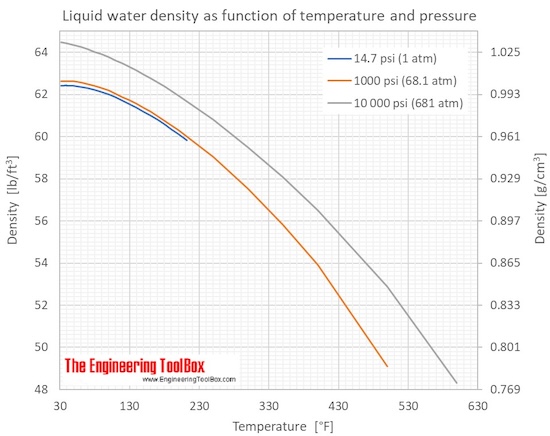
The Federal Aviation Administration is working to develop 1 billion gallons per year of sustainable jet fuel alternatives that can be drop-in replacements for fossil fuels. Biokerosene made from algae or plant oils has been successfully tested. Jet A1 is therefore not a fixed density either but within an allowable range.

The aviation industry has been developing biofuels to replace petroleum-based jet fuels. However, that's not an issue for turbine engines so jet fuel is not rated for cetane, although jet fuels typically have lower cetane than standard diesel fuel. Diesel fuels are rated in cetane, which is a measurement of the ignition quality of the fuel. gasoline discussion is the fact that jet fuels are more dense than gas and have a higher flashpoint and a lower freezing point, similar to diesel fuels. High-octane auto gas is available as an alternative.Īnother important distinction in the jet fuel vs. Since the demand for it is steadily high on an international level, it is subject to strict quality specifications. The Usage of Jet A1 This fuel is suitable for most types of jet aircraft. Its maximum freezing point is -47C and its minimum flashpoint is +38C. Some people have tried to use 100 octane avgas in race cars to stop premature detonation in turbocharged engines, but it requires engine modifications to perform well. Jet A1 does not freeze in such an environment. It is generally safe to operate engines with a higher octane fuel than required, but not lower. At the pump, you'll find gas ranging from 87 to 93 octane for automotive use. The most common avgas is 100 octane, which is a measure of the fuel's ability to resist premature detonation or "knock." Avgas is also available at other octanes such as 87 and 130, but they are rare today. However, Jet-A could be used in diesel-engine vehicles, but it lacks some of the lubricants found in road diesel fuel. It would be like putting diesel fuel in your gas-powered car, it just won't run. Using leaded avgas in a modern car would ruin components such as the catalytic converter.Ĭonversely, Jet-A wouldn’t work in a gas engine. Avgas still contains lead because a suitable alternative hasn’t been found yet, despite years of testing. Both Jet A and Jet A-1 have a flash point higher than 38 ☌ (100 ☏), with an autoignition temperature of 210 ☌ (410 ☏). Lead was taken out of automotive gas in 1986.

The Main Difference Between Gas and Avgas: LeadĪviation gas still contains tetra-ethyl lead additives to lubricate the engine. For example, for Jet A, if you want to know how many US gallons make 2000 Lbs., one rule of thumb says to remove the last digit from 2000, giving 200. Other discussion points in the conversation about jet fuel vs. Avgas is similar to what you use in your car, but it’s not intended for that use. Jet-A, the most common type of jet fuel, is made from kerosene and is similar to diesel fuel. There are four main types of aviation fuel: For example, aviation fuels must meet strict requirements for flying characteristics such as flashpoint and freezing point, while auto gas is made to run through catalytic converters for pollution reduction, along with other factors. Aviation fuel and gasoline are very different for multiple reasons.


 0 kommentar(er)
0 kommentar(er)
